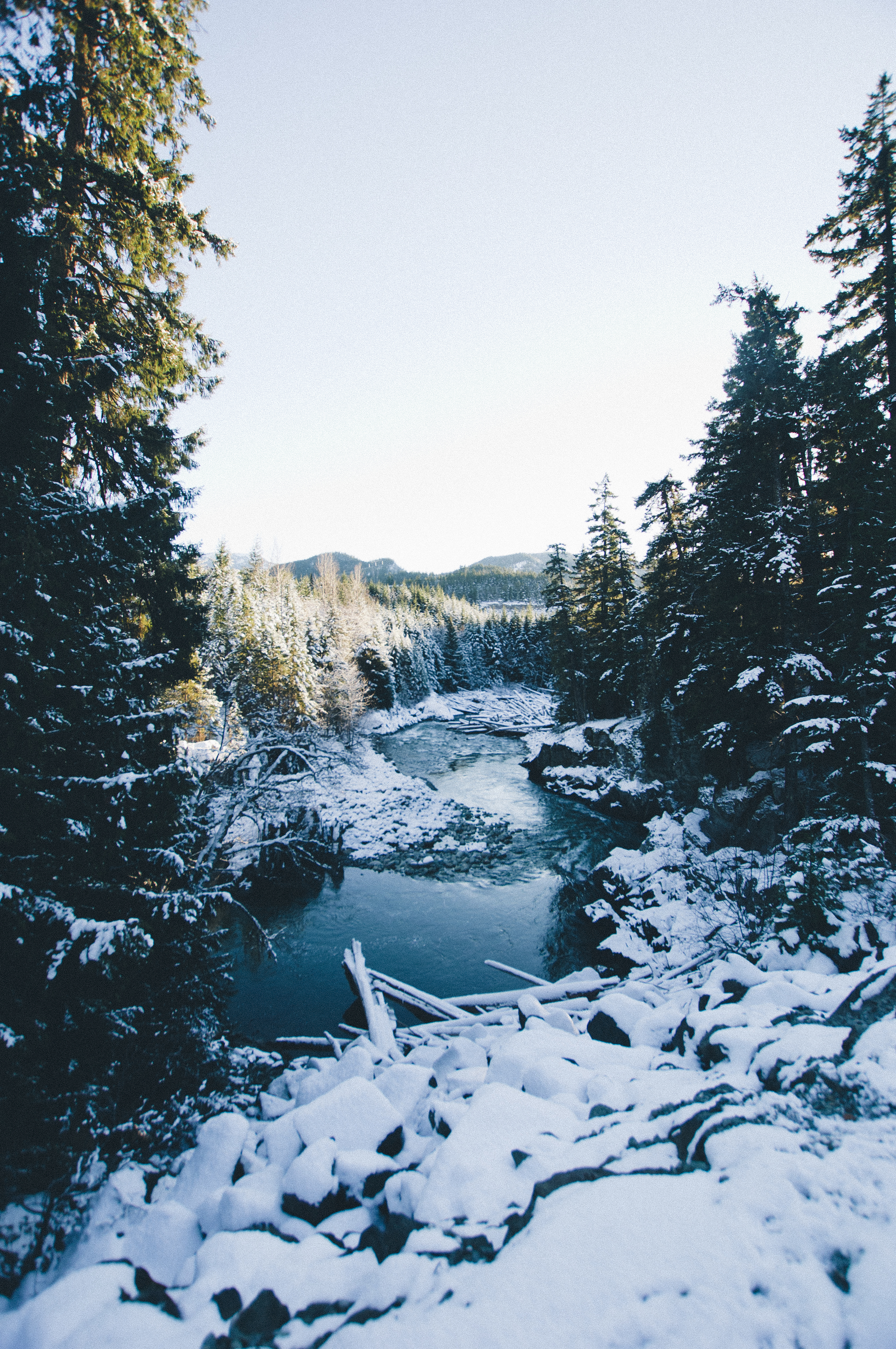Growing up in a temperate rainforest, we have learned to put up with a lot of rain. We put on our rubber boots, get out an umbrella, and hunch our shoulders against the cold. And though we are used to it, we don't necessarily like it.
There is one place in BC, though, where the rain really enhances the place.
Located on the west coast of Vancouver Island, Tofino is a small town of about 1,900 permanent residents. In the summer, the town's population grows exponentially with surfers, campers, whale watchers, and outdoor enthusiasts taking advantage of the nearby Pacific Rim National Park Reserve. While the town is a hotbed of activity in the warm, dry months, we prefer it in the winter.
Tofino has an average of 205 rainy days and receives more than 3,000mm of precipitation each year. From Long Beach, you can watch the storms roll in over the Pacific Ocean, bringing fork lightning and sheets of rain. Somehow, though, the rain here is an asset instead of a hindrance. And while the tourist population decreases in the wet months, the surfing, whale watching, and restaurants remain open.
For a small town, Tofino has lots to keep you occupied. We usually spend at least an afternoon wandering down Campbell Street and the surrounding blocks, going into the shops and warming up in the coffee shops. Pairing down our list of favourites is not easy, but here are a few places we try to visit whenever we go:
- You cannot visit without stopping for lunch at the original Tacofino truck.
- When in the surfing mecca of BC, it's important to do as the locals do: put on a wetsuit and surf. The Pacific Surf School was voted the number one surf school in Tofino, and featured in the National Geographic's Top Ten. The teachers are friendly and passionate, and will teach you everything you need to know to catch your first (and hopefully not only) wave.
- For what may be one of the best meals you will ever have, go to the Wolf in the Fog. Named Air Canada enRoute's 'Best New Restaurant' in Canada in 2014, this restaurant at first seems like a contradiction of fine dining within surfer's paradise. After your first bite, though, you will realize none of that matters.
- Whales are amazing creatures, and continue to be so no matter how many times you see them. For the ultimate whale-watching experience, we recommend Jamie's Whale Watching Station & Adventure Centre. The operators know the area like the back of their hands, and obviously respect the whales' space. We highly recommend the open zodiac-style boat - Jamie's provides pre-heated, insulated storm suits, which are almost as amazing as seeing the wildlife. And if you're especially lucky, you will also see sea otters lying on their backs, holding hands with each other.
- The Eagle Aerie Gallery is Canadian artist Roy Henry Vickers' own gallery. Located within a traditional Northwest Coast longhouse, the gallery displays Vickers' original paintings, prints, reproductions, and carvings. Each piece has a corresponding description, which provides a narrative of the piece and the symbolism and mythology of the Northwest Coast peoples.












